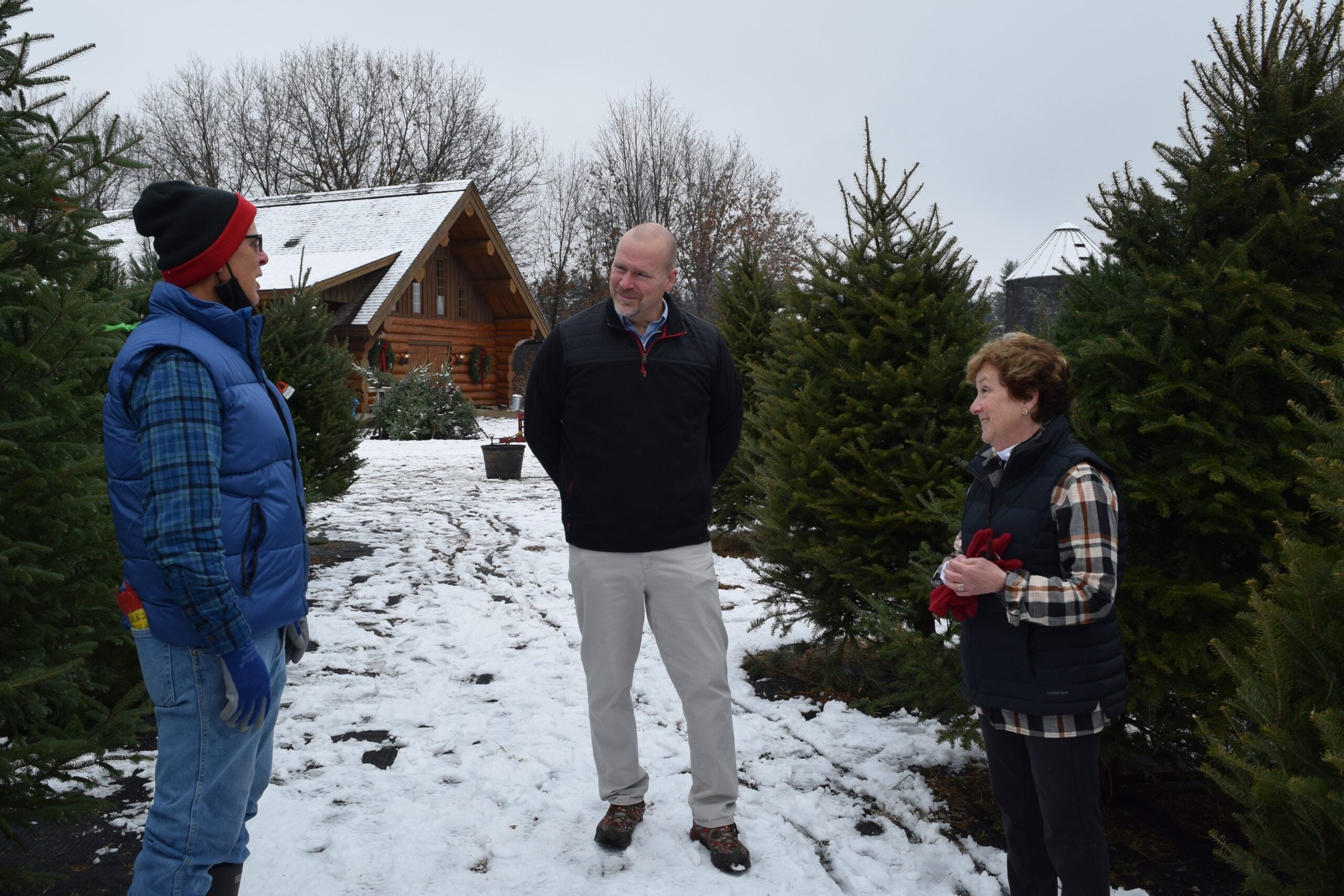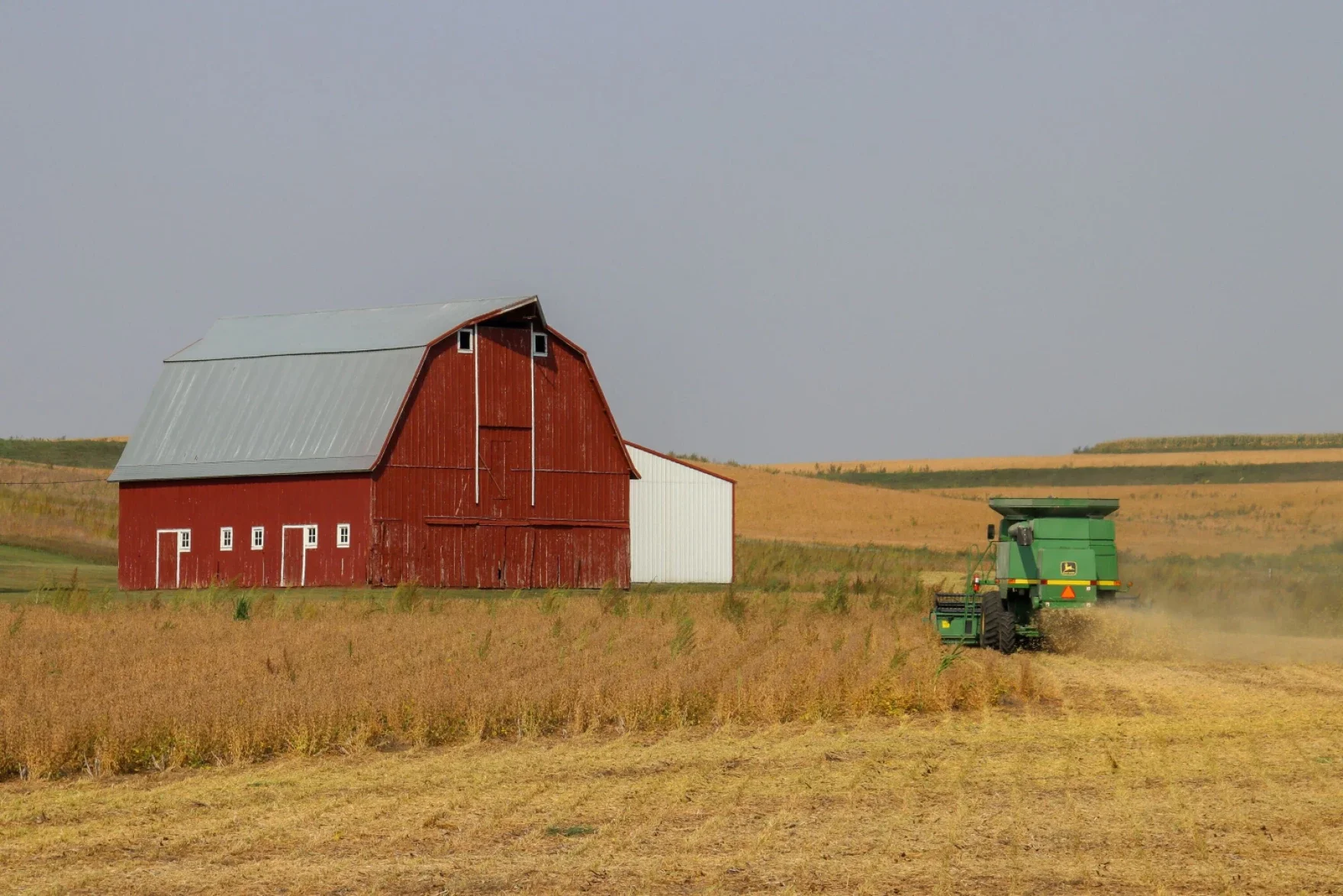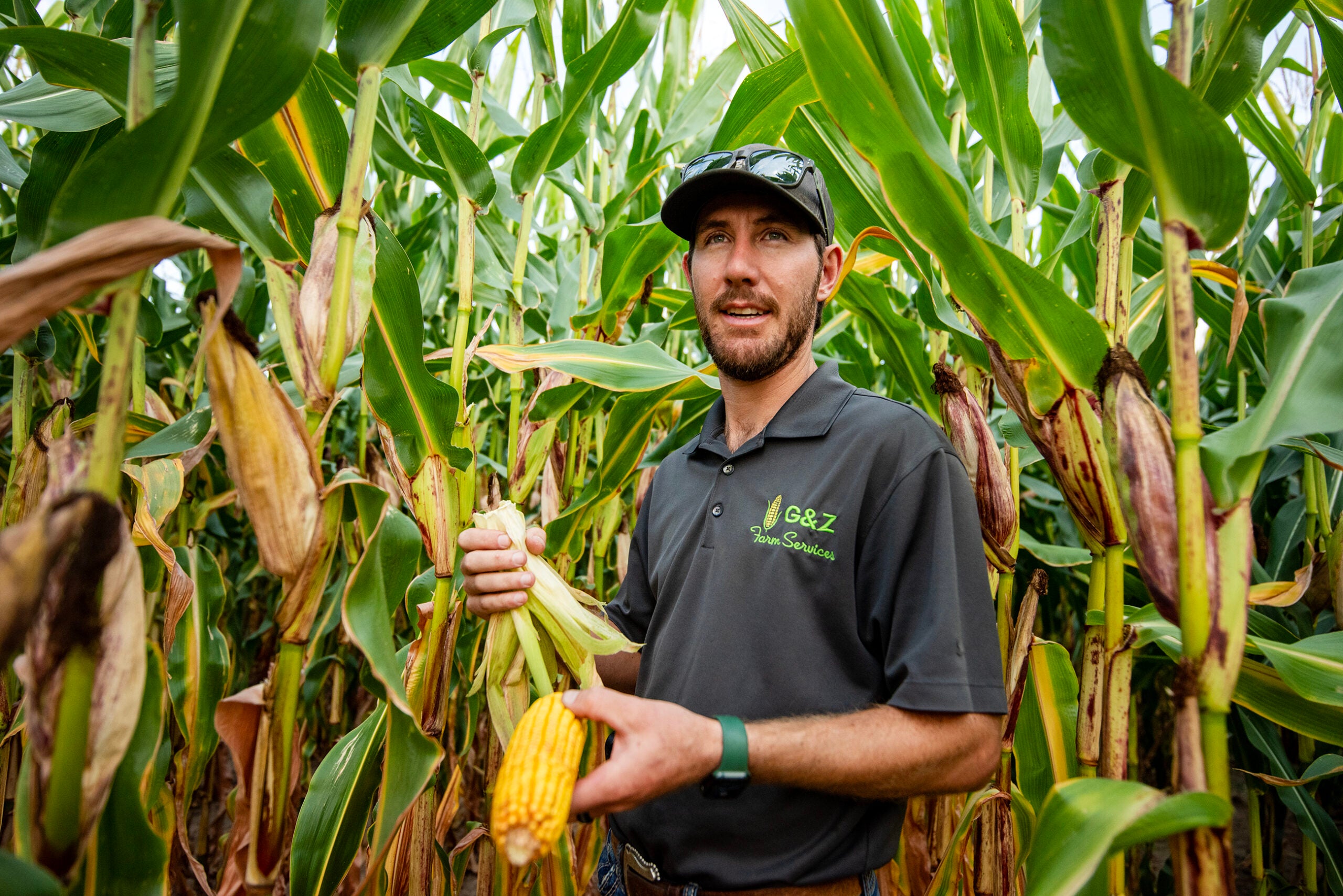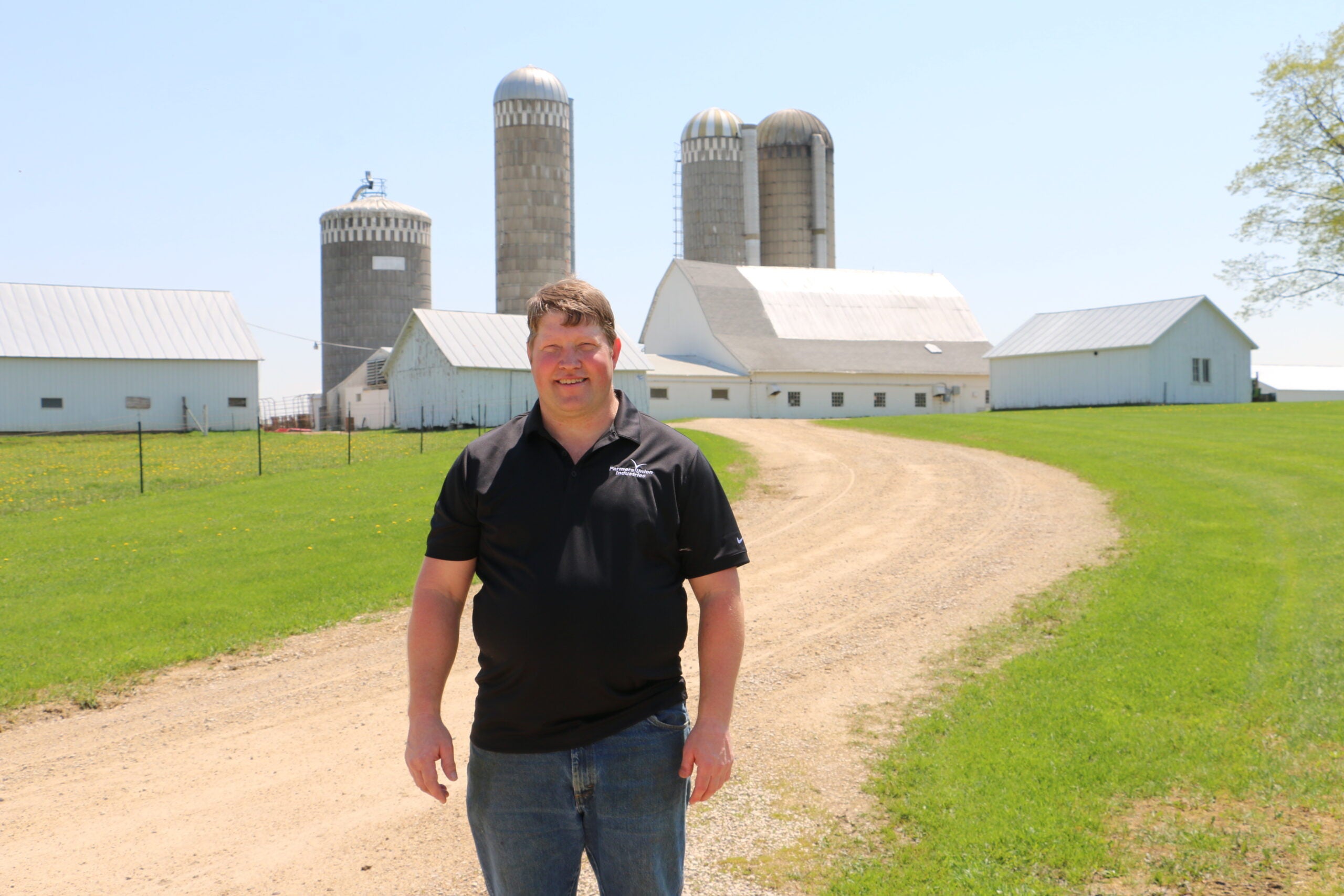Even in a year with trade disruptions and high costs for farmers, Wisconsin’s top agriculture official said on Wisconsin Public Radio he’s glad to see a second consecutive year of record exports.
“That is really exciting,” Randy Romanski said recently on WPR’s “The Larry Meiller Show.”
Romanski, secretary of the state Department of Agriculture, Trade and Consumer Protection, also said Wisconsin farmers can find new paths forward in an evolving industry through specializing in diverse product fields and expanding the state’s global reach in trade.
News with a little more humanity
WPR’s “Wisconsin Today” newsletter keeps you connected to the state you love without feeling overwhelmed. No paywall. No agenda. No corporate filter.
The following was edited for clarity and brevity.
Larry Meiller: What do Wisconsin exports look like on a global scale?
Randy Romanski: Wisconsin products are well known and desired on the international marketplace. … So, everything from dairy to meat to crop products are in demand, and Wisconsin is able to provide them. We’ve seen an increase in both volume and value for Wisconsin products in the marketplace.
LM: One item for international trade that caught my eye was bovine semen.
RR: Wisconsin is well known throughout the world as a leader in animal genetics. It’s not unusual when our international agribusiness center team — which is our international marketing team — goes out on trade missions to have somebody from the genetics industry in Wisconsin along with them. It’s a really high-value product in the international marketplace. Wisconsin is recognized as a leader in that.
LM: How do these trade missions go?
RR: The good thing about it is Wisconsin has a pretty strong international presence. There are places that are pretty consistently top markets for Wisconsin, and those include Canada, Mexico, China, (South) Korea and Japan. Those five countries make up about 65 to 70 percent of total exports from Wisconsin.
That doesn’t mean that we shouldn’t be in other places. In fact, we should. We’re really fortunate to have something called the Wisconsin Initiative for Agricultural Exports. It’s something Gov. Tony Evers proposed in his budget, and the (state) Legislature agreed to fund the program — that bipartisan agreement that we are optimistic to see again during this budget period. But the funding for the initiative allows our agency to work with businesses that want to export, to grow their presence in the international marketplace.
The benefit of the funding that comes to us, which winds up being about $1 million a year, is much of that goes right back out to the businesses themselves to help them develop their international portfolio, to figure out what products they might have that might be a good sale in the international marketplace, and where they should be.
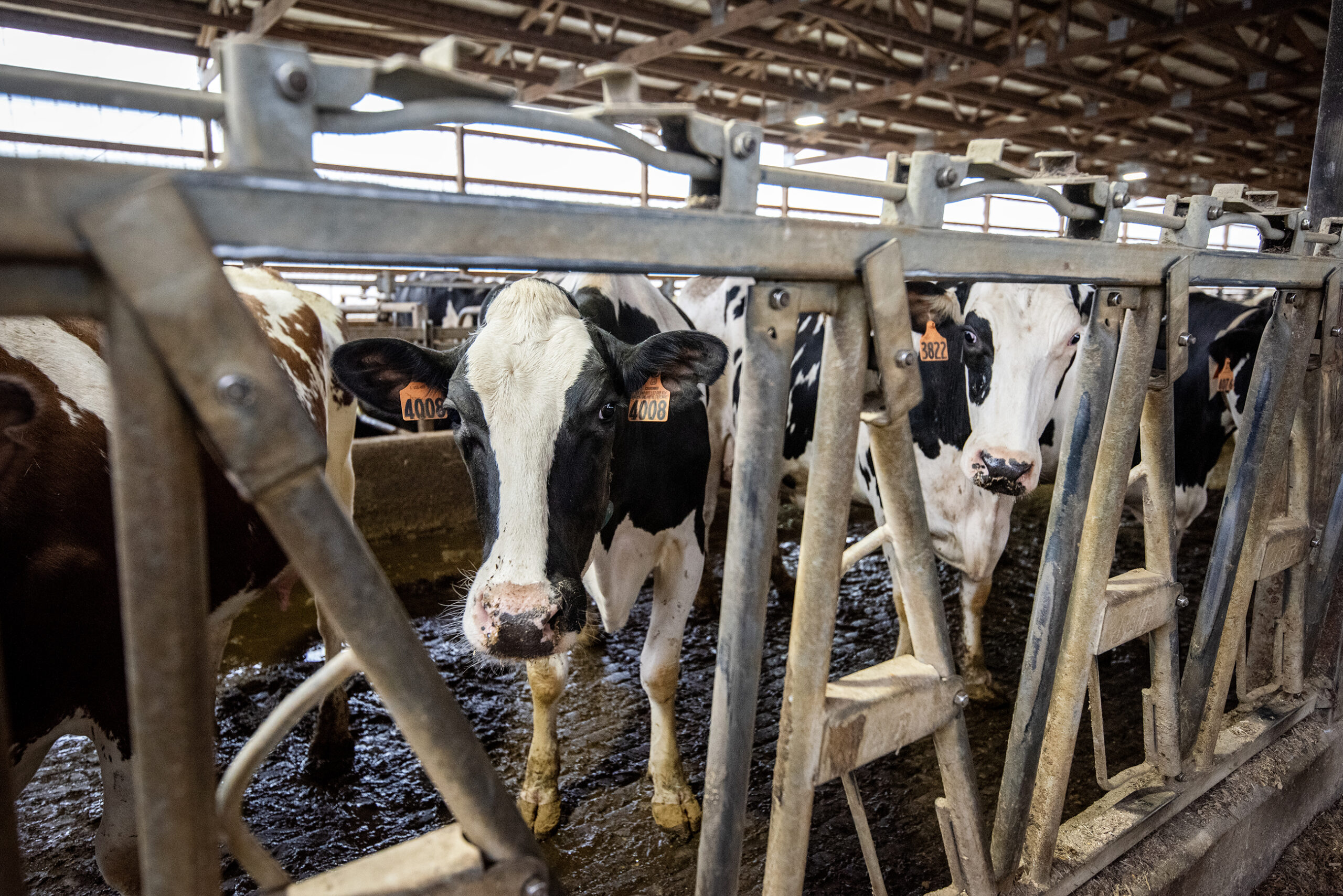
LM: What are some of the economic challenges that you see Wisconsin farmers facing right now?
RR: There are things like trade disruptions, weather patterns. Russia’s war in Ukraine has had an impact on markets. All those things can have an impact.
But last year, Larry, was a really solid year for Wisconsin agriculture. The weather here in Wisconsin was good. Crop prices were good. Yields were good — and in some cases record yields or near-record yields. Last year, prices farmers received for their product were pretty good.
(As for) challenges last year, prices farmers paid were also high. That’s a challenge. But I attended the (University of Wisconsin-Madison agriculture and economic summit) a little while ago, and there were some positive signs from that. Farmers could use some of that revenue that they gained to pay down some of their debt. There was some general optimism looking forward with the obvious concerns about what may happen (to) prices. … Generally, the (agriculture and) economic summit was a dose of optimism with the realization that there are always things outside of a farmer’s control that could impact their prices.
READ MORE: Wisconsin food, forestry producers export record amount in 2022
LM: I grew up on a family farm of about 300 acres. We had about 60 cows. What trends are you seeing with farms?
RR: The industry continues to evolve, and farmers are resilient. They try to identify opportunities and try to see how those challenges may affect them. There has been some change. I’ll use the dairy industry in particular because you mentioned the farm you grew up on.
Right now, we still have about 20 percent of all dairy farms in the U.S. located in Wisconsin. So, we still wear the America’s Dairyland crown proudly. The milk volume was actually up just a little bit last month in a survey. Something that I share with people a lot because it’s not well known: 95-plus percent of all dairy farms in the state of Wisconsin are family owned and operated. That has been a pretty consistent trend. The average herd size in Wisconsin is about 200 right now. There are fewer dairy farms than there were 10 or 20 years ago. There is no question about that. But again, I go back to Wisconsin still has about 20 percent of all dairy farms in the U.S., which is a high percentage.
LM: What do you think it is about Wisconsin that helps support organic farming?
RR: It’s a commitment by the industry. It is the ethic that is strong in Wisconsin. That is a business practice that has been embraced. The state of Wisconsin years ago made a decision that it was going to promote diversity. It wasn’t just going to be a rush to, “Here is the most of everything and anything.” It was a rush to understand that diversification and competition at the high end and (with) specialty crops was a really good business model.
Wisconsin has got so many things about it that are unique, whether it’s the fact that we produce about 60 percent of the U.S. cranberries or we’re the No. 1 mink-producing state. Those are clearly different and unique products. There is a strong core of farmers in Wisconsin that understand organic production is an opportunity for them, and they have embraced the business model. That is what adds to Wisconsin’s strength.
Wisconsin Public Radio, © Copyright 2026, Board of Regents of the University of Wisconsin System and Wisconsin Educational Communications Board.
